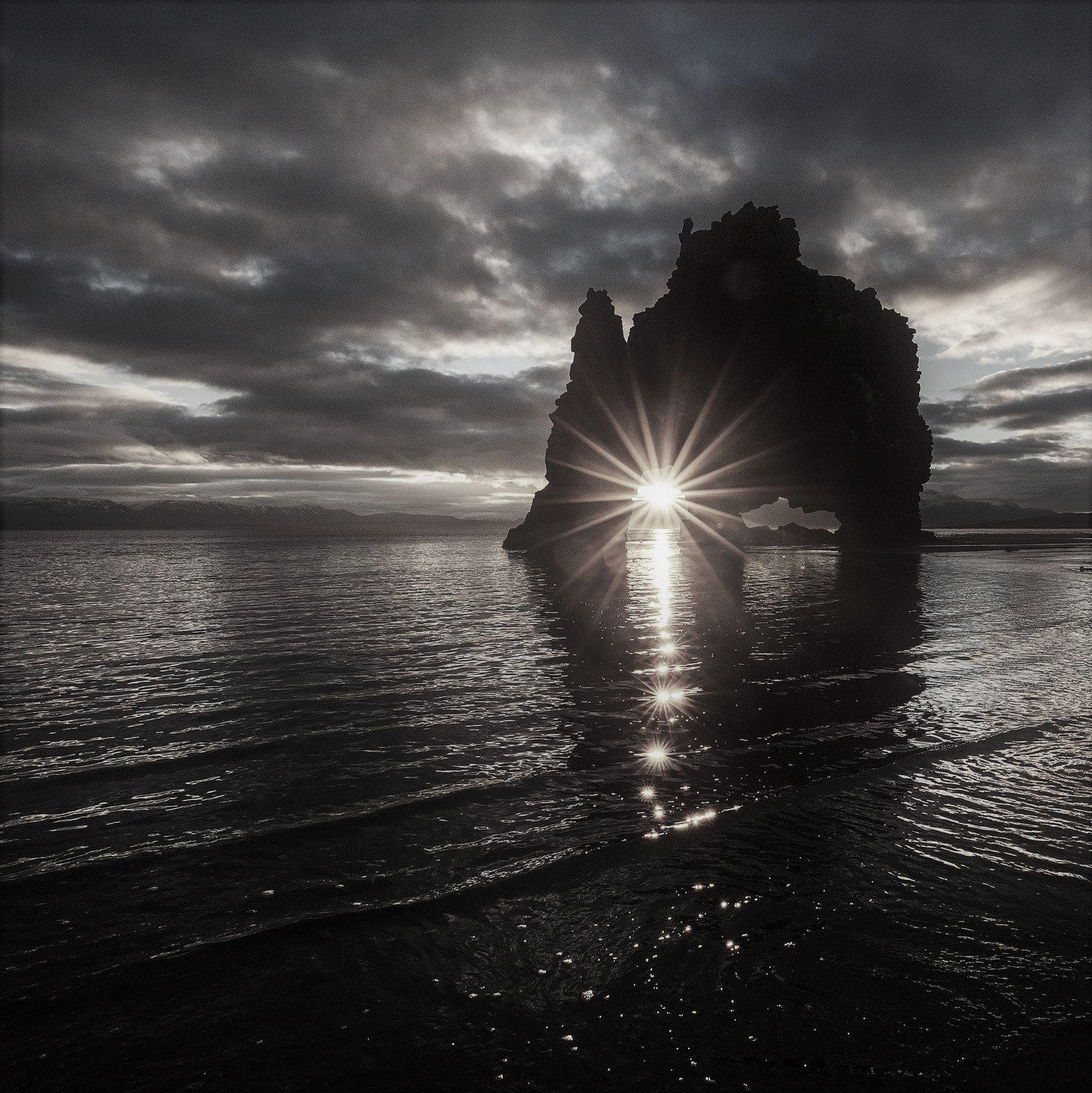Our responsibilities as picture-book creators
To make a picture-book worth reading, we need to make it worth feeling.
Picture-book illustrator Matt Ottley is a master at evoking feelings of awe. This illustration is from his award-winning Teacup, written by Rebecca White.
Remember ‘the mystery feeling’ I mentioned last week?
That ineffable, hard-to-describe feeling of awe, wonder, magic and enigma we experience in response to certain things?
But how do we create that mystery feeling for our readers?
Consider this:
Someone texts you with, “We’re by a lake in Scotland and it’s just sooooo awesome!”
Someone else texts you with, “The splendour falls on castle walls and ... long light shakes across the lake.”*
Which description offers you a better sense of loch-side awe?
It’s that “show, don’t tell” thing.
Of course, there is ‘telling’ and there is ‘telling’. But there’s only one way to your reader or listener’s heart, and that’s through ‘showing’.
From an illustration perspective, consider this: someone sends you a picture of the lake, and someone else sends you a picture of themselves responding to the lake.
Which one best helps you understand the how, why and what your friend is feeling?
This is the visual version of “show, don’t tell”.
That is, don’t tell the viewer what the feeling of awe looks like . . . show the reader something to make them feel awe for themselves.
Both the above examples might seem obvious, but it is easy to forget this basic rule of storytelling.
And it is worth repeating.
Show, don’t tell.
How do we inspire awe?
To inspire awe, stories and illustrations don’t have to be Gothic, fog-shrouded graveyards. Nor do they need to be about fairies, double rainbows, clouds of butterflies, magic wands or even long light shaking across the lake.
The mystery feeling is aroused when we, the storyteller, create a story where we leave gaps for awe.
But what makes these gaps?
Gaps are made with moments of thrill, or fright, or delight or elation, where the reader’s mind is temporarily stilled.
It’s when the reader stops thinking critically, stops being objective, stop analysing and evaluating.
It’s when our Central Executive Network switches off and allows other networks to switch on.
At its very best, it’s when all networks switch off and we enter a thoughtless zone.
Even if just for a split second.
That’s when we arrive at awe and beyond.
Awe and words
For writers, delight, elation and relish can be generated with literary devices such as diction, pattern, sound and rhythm.
All sounds – and symbols of sounds, such as written words or musical notation – trigger tiny chemical responses in the brain. These responses create a kind of chemical soup that gently – or intensely – permeates the body, which in turn generates a suite of bodily feelings.
When the sounds are carefully orchestrated by the creator, specific feelings can also be orchestrated in the receiver.
These feelings can include delight, relish, thrill, serenity. They can also include disquiet, distress, apprehension and fright; irritation and anger; distaste and disgust.
Awe awaits us at the extreme end of all these feelings.
Awe is when the irritation, horror, delight gets too big for our minds to comprehend. And so our minds stop for a moment.
It is our responsibility to our readers – if we wish to serve them well – to make sure a moment of awe awaits them at some point in a story.
Awe and images
Just as sound affects certain parts of our brains, everything we see also elicits neurochemical behaviour.
And, again, this chemical behaviour initiates bodily feelings that correspond to our experience of emotion.
A successful visual storyteller, or illustrator, knows how to manipulate the visual elements of an image to orchestrate their readers’ responses.
However, it isn’t the tree, the bird, the butterfly or the rainbow that tweak feelings such as awe.
For illustrators, the triggers for delight, elation, relish and awe lie beneath the obvious content of our pictures.
Awe hides is the lights and shadows, in the points of view, in the textures, contrasts, tones, lines and composition.
If you want to know more about the science of this, and how to apply the science of awe - and all other emotions - to your everyday illustration practice, have a look at my Pitch-perfect Portfolio course.
* *Quote from Alfred, Lord Tennyson


